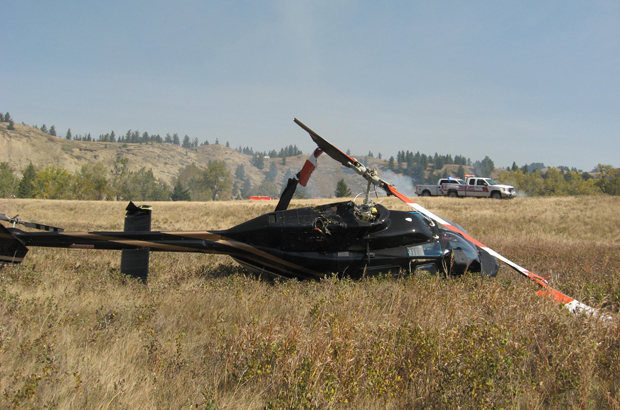By Sheila Pratt, Edmonton Journal September 28, 2012
EDMONTON – Enbridge Inc. rejects a report that concludes there is enough pipeline capacity to handle increased oilsand production until 2020, a federal hearing heard Friday.
In the final day of hearings in Edmonton into the proposed $6-billion Northern Gateway project, Enbridge lawyer Jack Nufeld squared off with Thomas Gunton, former deputy minister in the B.C. government and now director of resource and environmental planning at University of British Columbia.
Gunton concluded in his report for the Haisla Nation that the project won’t be needed until 2020 because of other major pipeline projects already in the works, including Enbridge’s Alberta Clipper that will take an additional 350,000 — and up to to 800,000 — barrels per day to the U.S.
Building Northern Gateway in the next couple of years to carry 525,000 barrels of bitumen to the West Coast for shipment to Asia would create excess pipeline capacity for exports that is costly to the shippers who use the pipeline and is not in the public interest, said Gunton.
Pipelines involve “very high fixed costs” and the cost to shippers would be high if the line was not fully utilized. That in turn could affect profits and revenues to governments, he said.
“So there is a concern we don’t overbuild,” said Gunton, who noted that Enbridge voiced the same concerns about the high costs — $348 million — of overcapacity at public hearings into the proposed Keystone pipeline from Canada to the U.S. gulf coast.
Nufeld said no oil company looking to use Northern Gateway has come to the panel with concerns about excess pipeline capacity.
Also, any potential cost from over- building has to be balanced with benefits that come from opening new markets, he said. That includes billions of dollars for oil producers from increased oil prices and revenues for governments over the 30 year life of the project.
Nufeld also noted that the growing market for bitumen is in Asia rather than the U.S, where demand for heavy crude will decline, according to forecasts from the Canadian Association of Petroleum Producers.
For that reason, Northern Gateway is needed to open new markets and avoid a slowdown of expansion in the oilsands and to ensure there no shut- in bitumen, the panel heard.
Nufeld also noted that the National Energy Board recognizes the importance of competition among pipeline companies in considering the public interest aspect of the Northern Gateway.
Gunton also said he has “strong reservations”about the company’s cost- benefit analysis which is based on a two-to three dollar price increase on a barrel of oil sent to Asia until 2048.
“You should have strong reservations about that forecast over a long period of time,’ he told the Joint Review Panel, consisting of the National Energy Board and the Canadian Environmental Assessment Agency.
In response to questions, Gunton told the panel he personally supports plans for a liquid natural gas terminal in Kitimat, to be constructed about 2.5 kilometres from the proposed terminus of the Northern Gateway pipeline and the proposed marine terminal for oil tankers.
The Haisla Nation supports the LNG terminal and the pipeline from northeast B.C. but it is opposed to the Northern Gateway fearing a spill of bitumen on the fragile coast would be too damaging.
The pipeline hearings resume in Prince George, B.C. in October and move to Prince Rupert in late November.
© Copyright (c) The Edmonton Journal
